ASTANA – Costume designer Dariga Taishikova spoke about the secrets behind the costume and decoration design at Astana Opera ahead of the Nauryz celebration, reported the theater’s press office on March 11.
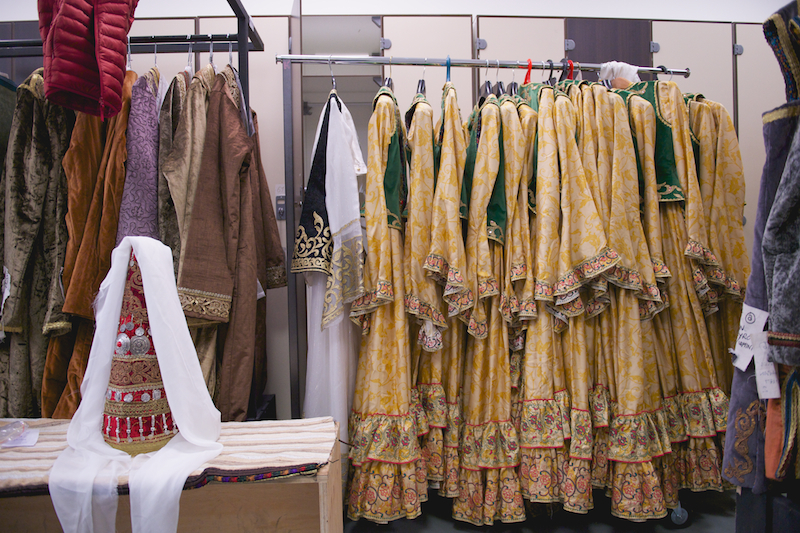
Photo credit: Astana Opera.
National productions serve as the centerpiece of the repertoire at the theater. Music, talented performers, stunning scenery and costumes demonstrating the rich culture of the Kazakh people create a unique atmosphere.
The traditional Kazakh costume has numerous symbols and meanings representing a worldview system of human existence, connecting the past and the present. One can discern a person’s lineage, region, and social standing through Kazakh national clothing,
“It is important to handle the material and cultural treasures with care to preserve our historical heritage and pass down the knowledge to future generations,” said Taishikova.
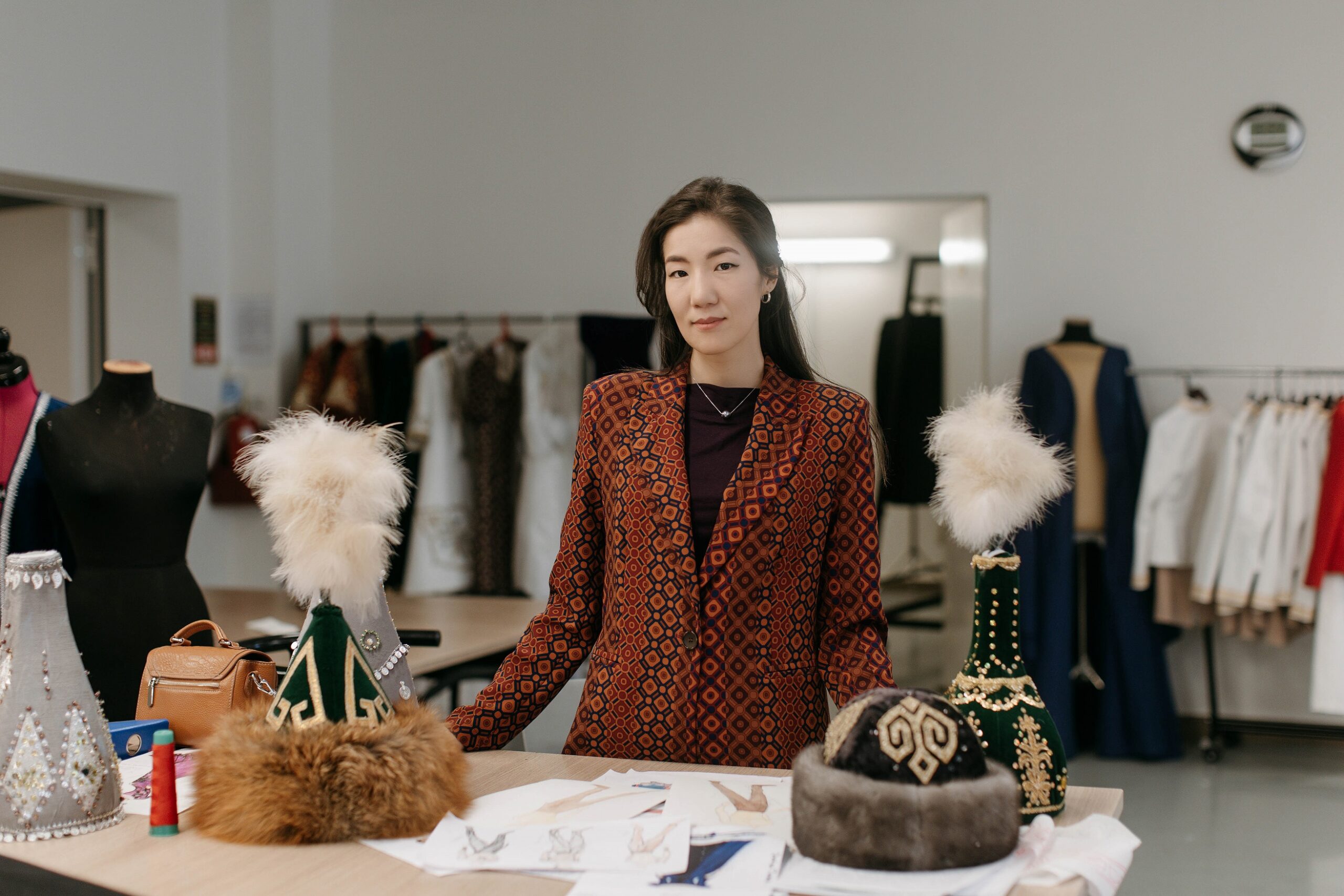
Dariga Taishikova. Photo credit: Astana Opera.
The costume creation process begins with the director’s concept analysis of the production.
Operas including “Abai” by Akhmet Zhubanov and Latyf Khamidi, “Birzhan – Sara” by Mukan Tulebayev, and “Kyz-Zhibek” by Yevgeniy Brusilovsky use strict stylization methods and adherence to historical canons to balance historical accuracy and artistic interpretation.
In other repertoire performances such as “Alpamys” by Yerkegali Rakhmadiyev and “Kalkaman – Mamyr” by Balnur Kydyrbek, historical accuracy in costumes and character portrayal is not required. The work on such productions is always dynamic, with active experimentation with fabric textures.
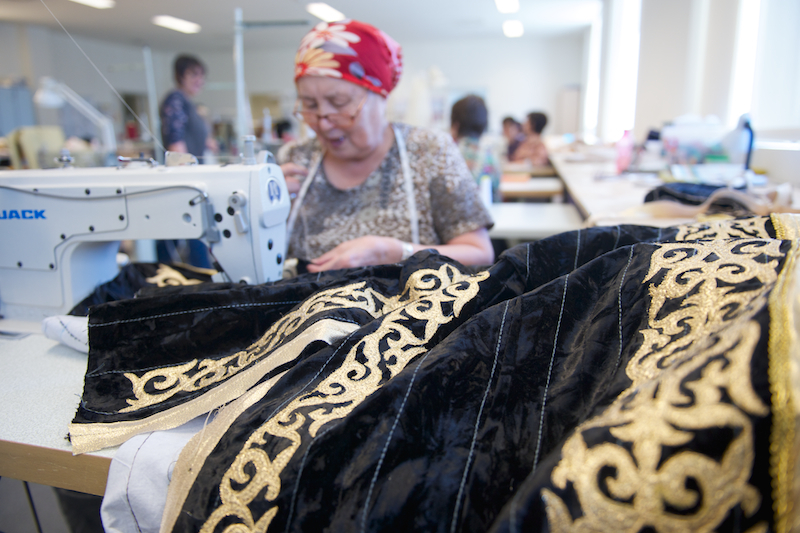
Photo credit: Astana Opera.
According to Taishikova, the specificity of creating national costumes for operas lies in the opportunity to demonstrate their multi-component nature. The production of costumes for ballet requires technological modernization and play with details so that the costume does not restrict the performers during complex choreographic numbers.
“The choice of fabric and accessories is made separately for each character or group of performers. Natural fabrics are mostly used for national opera performances. Such materials are more environmentally friendly, comfortable to wear and retain their shape and color when interacting with light and stage decorations,” said Taishikova.
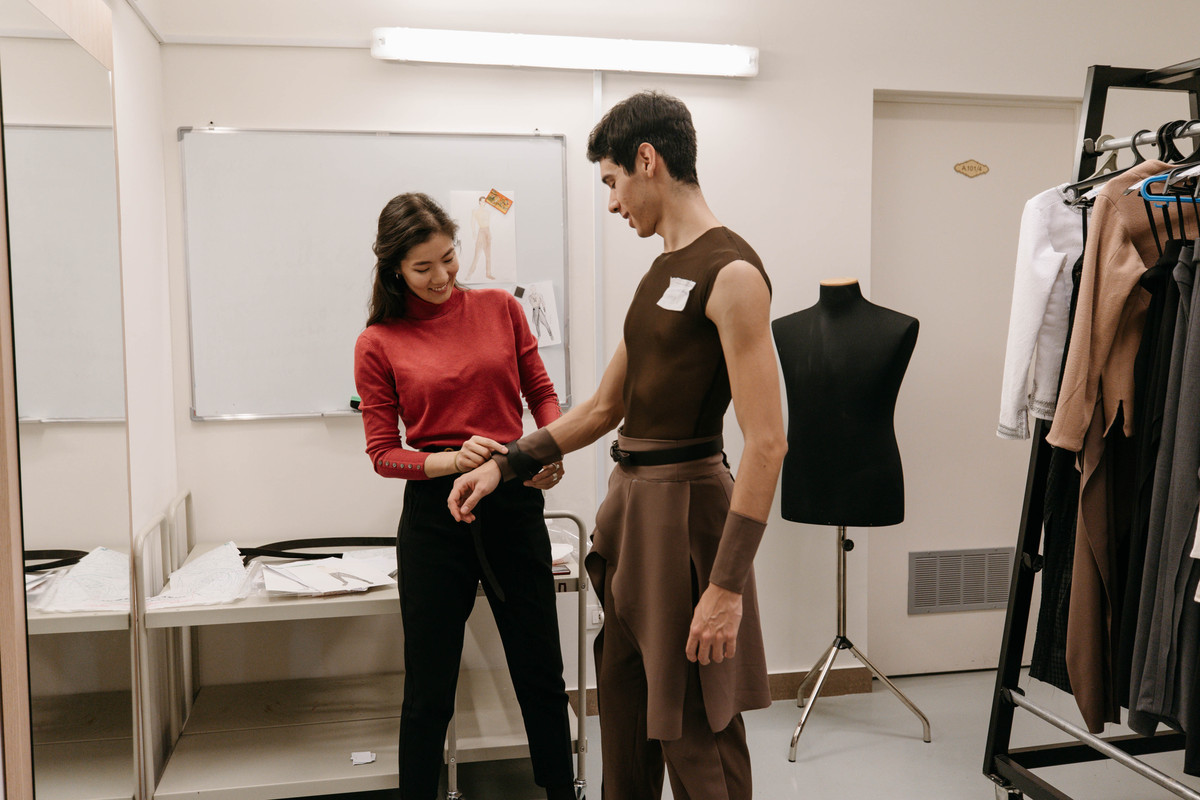
Photo credit: Astana Opera.
When creating theatrical costumes, the artist enjoys a certain freedom in visual execution, material selection, textures, and colors to display the fluidity or rigidity of performers’ movements and characters’ personalities. It is a creative process in which, in an ensemble with music, opera or ballet performance, sets, and lighting, characters become more dimensional, lively, structural, and realistic.
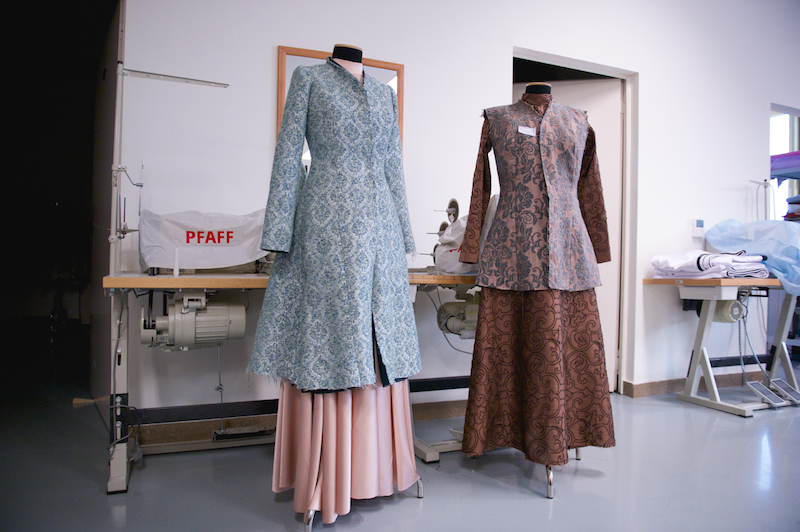
Photo credit: Astana Opera.
The props department creates elements such as silver, gold, pearls and gemstone inlays that Kazakh costumes are often richly adorned with. They used approximately a thousand metal elements and decorations for “Alpamys” production as individual jewelry pieces or embellishments stitched into garments. Embroidery, appliqué, printwork, beads, stones, and many other decorative elements are used in national attires and are protective talismans in Kazakh culture.
“Ornamentation holds a special sacred significance in national costumes, representing a distinct and extensive layer of the material-cultural heritage passed down from ancestors. It is important to discern which ornaments are suitable for clothing and which belong on rugs, pottery and so forth,” Taishikova noted.
A large creative team, which possesses the secrets and mysteries of the craft, works on creating theatrical costumes. However, their task also involves preserving and transmitting invaluable knowledge, constituting the unique material and spiritual heritage of the Kazakh people.


